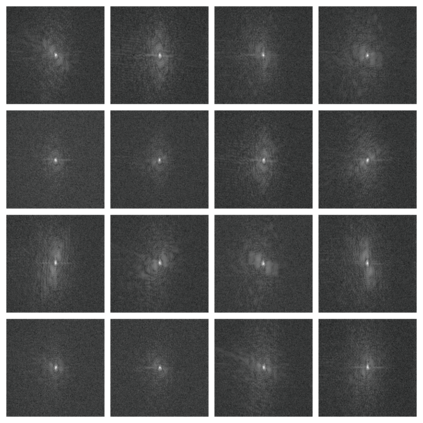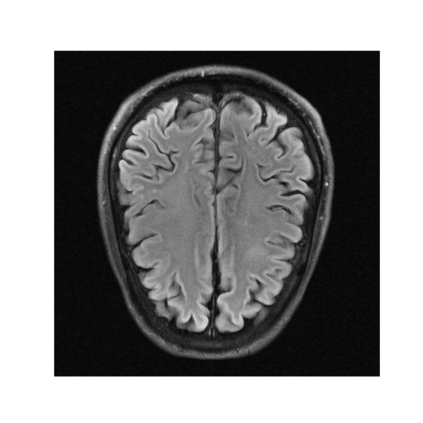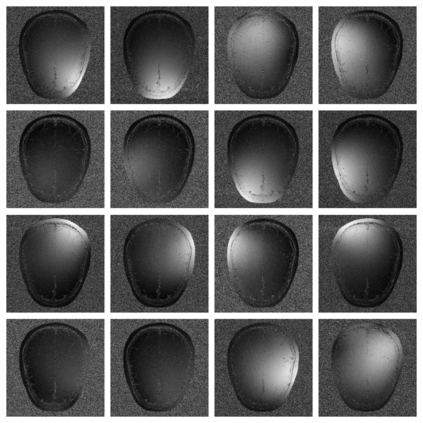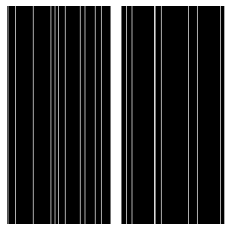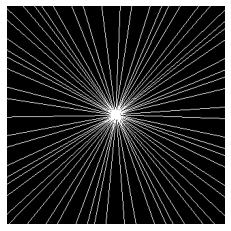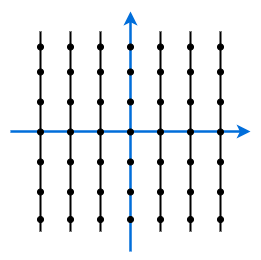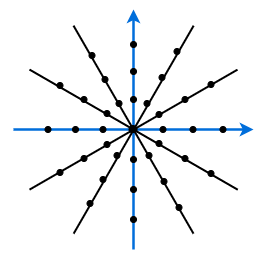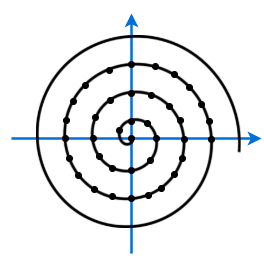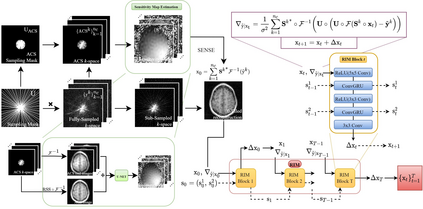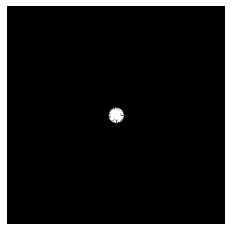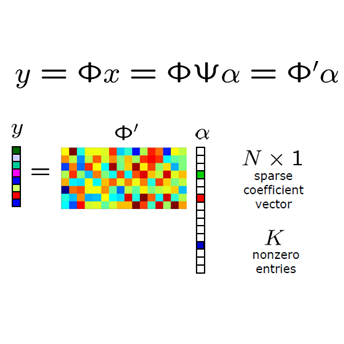In spite of its extensive adaptation in almost every medical diagnostic and examinatorial application, Magnetic Resonance Imaging (MRI) is still a slow imaging modality which limits its use for dynamic imaging. In recent years, Parallel Imaging (PI) and Compressed Sensing (CS) have been utilised to accelerate the MRI acquisition. In clinical settings, subsampling the k-space measurements during scanning time using Cartesian trajectories, such as rectilinear sampling, is currently the most conventional CS approach applied which, however, is prone to producing aliased reconstructions. With the advent of the involvement of Deep Learning (DL) in accelerating the MRI, reconstructing faithful images from subsampled data became increasingly promising. Retrospectively applying a subsampling mask onto the k-space data is a way of simulating the accelerated acquisition of k-space data in real clinical setting. In this paper we compare and provide a review for the effect of applying either rectilinear or radial retrospective subsampling on the quality of the reconstructions outputted by trained deep neural networks. With the same choice of hyper-parameters, we train and evaluate two distinct Recurrent Inference Machines (RIMs), one for each type of subsampling. The qualitative and quantitative results of our experiments indicate that the model trained on data with radial subsampling attains higher performance and learns to estimate reconstructions with higher fidelity paving the way for other DL approaches to involve radial subsampling.
翻译:尽管磁共振成像(MRI)在几乎所有的医学诊断和检查应用中都进行了广泛调整,但磁共振成像(MRI)仍是一种缓慢的成像模式,限制了其在动态成像中的使用。近年来,利用平行成像(PI)和压缩遥感(CS)来加速MRI的获取。在临床环境中,在使用Cartesian轨迹(如对流线抽样)扫描时对K空间测量进行子抽样抽样,这是目前应用的最常规的 CS 方法,但容易生成别名重建。随着深层学习(DL)参与加速MRI,从子抽样数据中重建忠实的图像变得越来越有希望。在K-空间数据上应用子取样面罩是模拟在实际临床环境中加速获取K空间数据的一种方法。在本文中,我们比较并审查应用直线或辐射反向下对重建质量质量质量的方法的效果。在经过训练的深层红心再造(DLLL)的重建中,通过经过训练的更高级的更精确的更精确的更精确的系统网络进行更精确的更精确的再排序的再评估。

